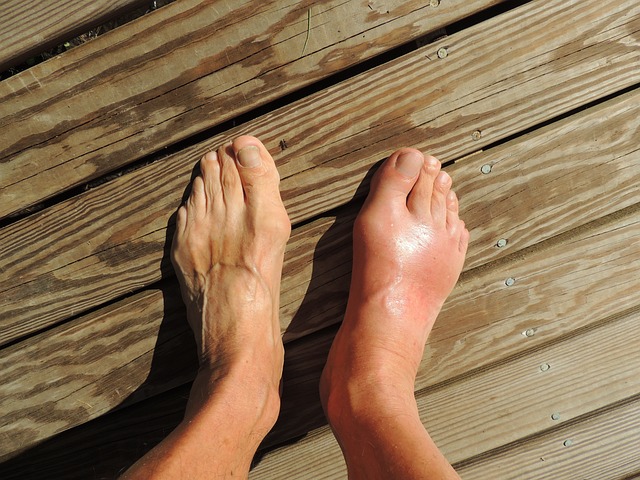
Turgor can be linked to volume.
Before proceeding to determine the meaning of the term turgor , it is necessary to make clear its etymological origin. In this sense we can say that it emanates from Latin, since it is the result of the sum of several components of said language:
• The verb turgere , which can be translated as “to be swollen.”
• The particle -nt- , which indicates “agent”.
• The suffix -ia , which is synonymous with “quality”.
What is turgor
Turgor is a term that refers to the characteristic of turgidity . This adjective , for its part, refers to something voluminous or firm . In the field of medicine , on the other hand, turgidity is defined as that fluid that produces swelling in a certain region of the body.
The idea of turgor, therefore, can be used to name the pressure generated by some liquids in the cell walls and the elasticity that the skin shows due to the pressure of the tissues.
The term linked to breasts
It is important to establish that what is known as breast turgor exists. It consists of the breasts having very marked veins, appearing heavy and both the areolas and nipples being larger than usual as well as much more sensitive to any friction and even somewhat depigmented.
This situation can occur at different times in a woman's life. However, when it is most common to suffer from it, it is during pregnancy. And it is due, among other reasons, to the fact that your body is subject to a notable series of hormonal changes.
At a visual level, we can say that the aforementioned are the symptoms that make it clear that a future mother is suffering from breast swelling. It must also be said that, on many occasions, this becomes the main “clue” that indicates a woman is pregnant.
However, this, to a lesser extent, is also experienced by any woman when she is having her period or when she is in the days that give rise to what is known as premenstrual syndrome .

Examining skin turgor can help discover if a person is well hydrated.
skin turgor
The ability of this organ to expand and return to its original state, which reflects its elasticity, is known as skin turgor . By analyzing turgor, a doctor can determine if a person is dehydrated.
A quick turgor test involves stretching the skin on your hand or abdomen for a few seconds to lift it up. When released, the skin should almost immediately return to its normal state, demonstrating its healthy turgor. When the return is slow, it reflects a contraction of turgor and therefore a sign of a health problem.
The two most common causes of fluid loss are vomiting and diarrhea, but this phenomenon can also occur in cases of diabetes, heatstroke, excessive weight loss, or as a result of a decrease in daily fluid consumption. In young children and especially babies, the change is more drastic and may be accelerated by fever. Poor skin turgor , which occurs as a consequence of newly exposed situations, is also known as pasty skin or decreased skin turgor .
Other factors that may contribute to the appearance of poor skin turgor and that have no relation to the body 's fluids are scleroderma and Ehler's Danlos syndrome , among other connective tissue disorders that affect skin elasticity. .
The importance of hydration
It is worth mentioning that by the time the decrease in turgor becomes evident, the level of dehydration is usually moderate or severe (a fluid deficiency of 5% and 10% of body weight, respectively), so it is important to take precautions necessary to avoid reaching said state .
As a first measure, it is very important to consume a good amount of water per day; It may seem strange to many, but some people do not feel thirsty very often, and must force themselves to drink water as directed by their doctor. In any case, when faced with the mere need for liquid you should not think twice.
While home checks are effective in ensuring you are within the range of normal turgor values, there are signs that indicate an urgent need to visit the doctor, such as: the skin remaining raised after stretching or taking too long to return to its normal resting state; it may not be possible to increase fluid intake due to problems such as vomiting; that the decrease in turgor occurs together with diarrhea, fever or vomiting. Two of the clinical tests that are usually performed in these cases are urinalysis and complete blood count (CBC).
Turgor in plants
In plants , there is also a level of turgor that is considered normal. In it, the cells manage to dilate to a certain point due to the pressure they experience inside, forcing the membranes to show their elastic capacity.
If the cells lose a lot of fluid, they contract, which is what happens when the plant withers. It can be said that, to grow, plants require turgor pressure that expands their cells.
